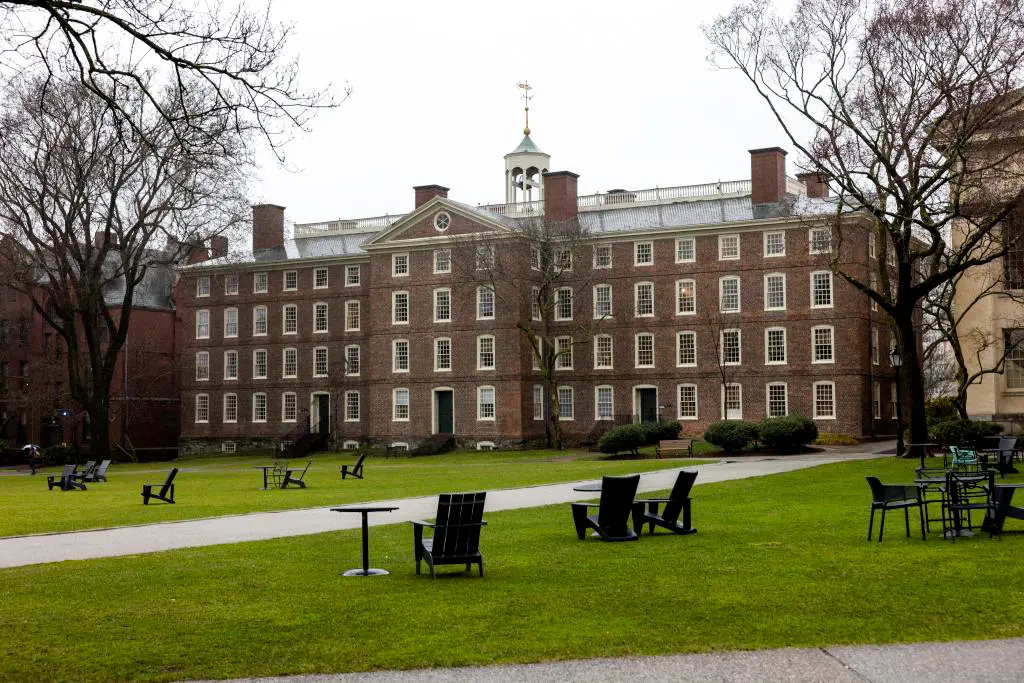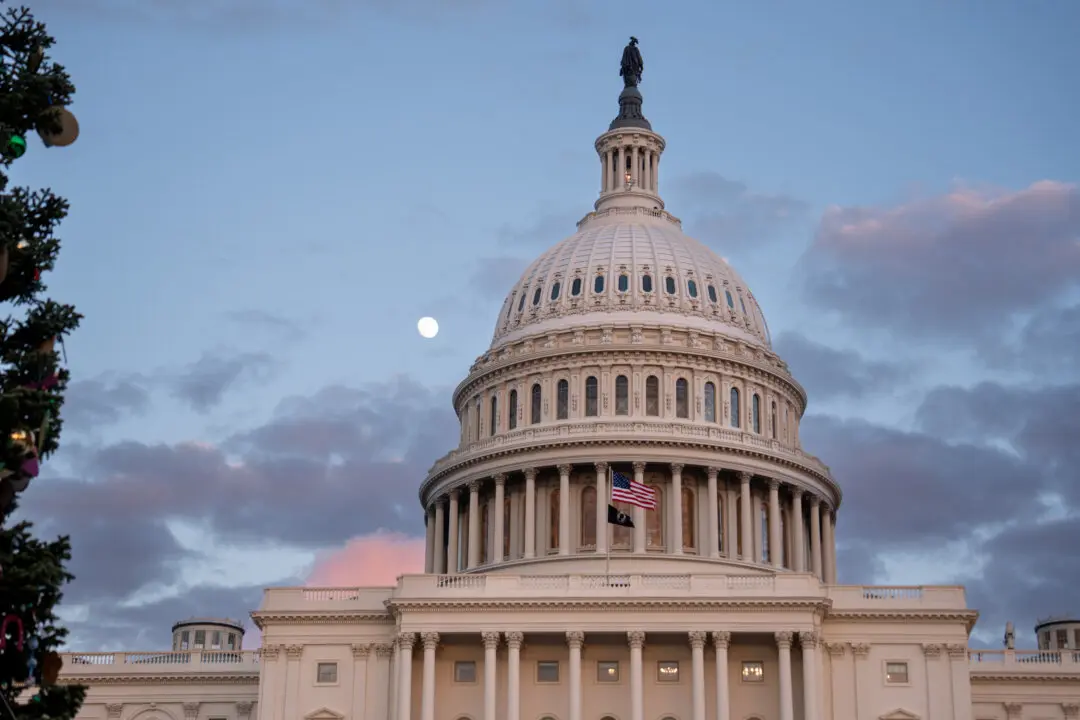Border Patrol agents are struggling with low morale as they come to terms with a new normal of attempting to stop tens of thousands of border crossings each month, said Jon Anfinsen, the president of the National Border Patrol Union chapter in Del Rio, Texas.
“Morale is just, it’s just kind of nonexistent,” Anfinsen told NTD News. “And it’s been that way for a while. The past couple of years have been rough.”





